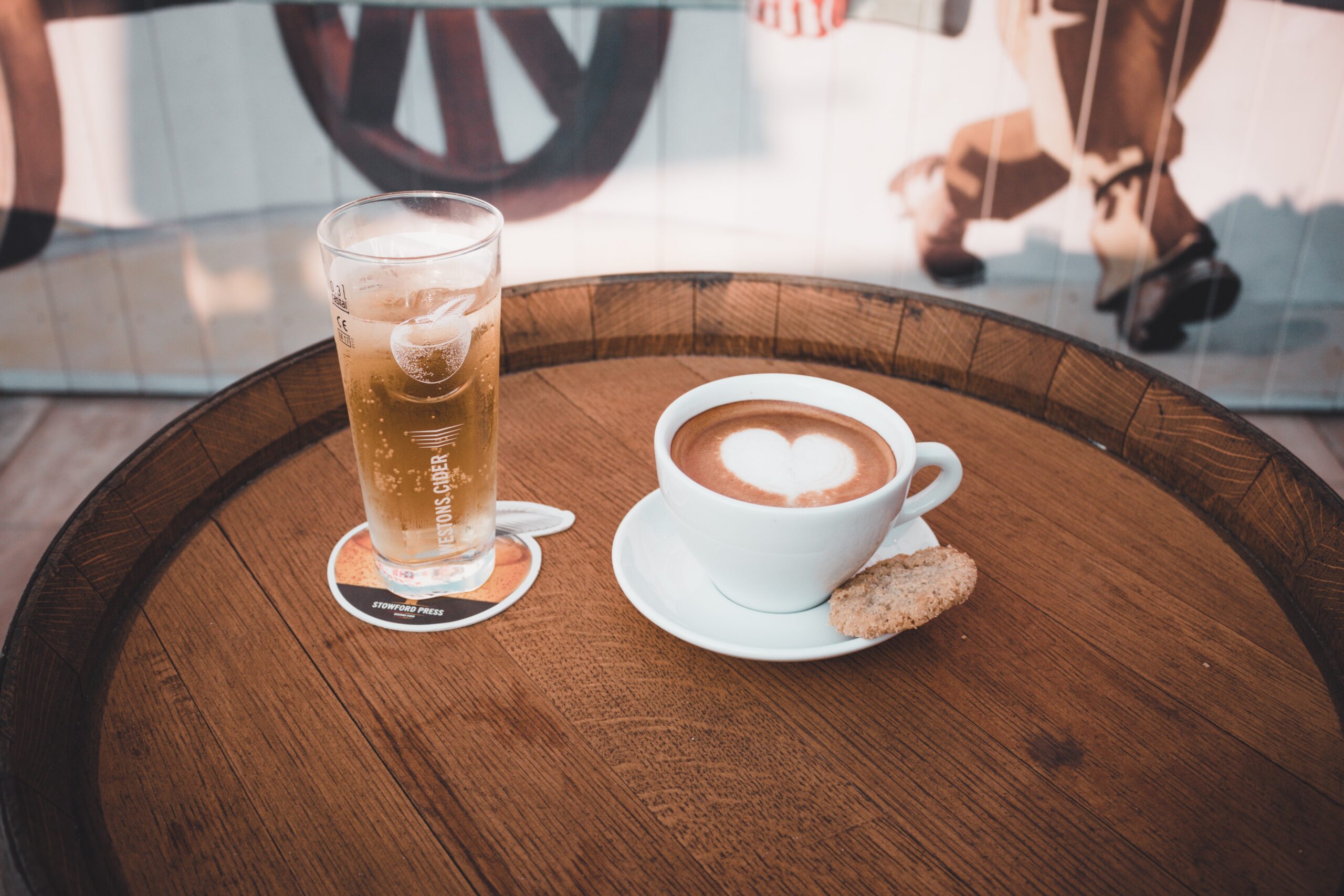80% of coffee is grown by smallholder farmers, a population of 125 million spreading from Brazil to Vietnam. The farmers are sadly but typically the ones to see the least profit from their coffee – “large holder” farmers often stop producing when the coffee price on the international commodity markets drops too low, and smallholders become the sole producers, suffering associated high levels of extreme poverty.
Coffee comes from the Tropics, originating in Ethiopia where deforestation now threatens the gene pool of wild coffee, that might one day save the coffee bean from plague or hold the world’s as-yet-undiscovered greatest tasting coffee. Climate change is also changing the forest biome where coffee is grown, reducing harvest size, coffee quality, disease resistance and freedom from pests.
Another concern is the carbon footprint (3.8 kg CO2 emissions per kilo of roasted coffee – just less than chocolate per weight, a lot less per serving), where the biggest single contribution (20%) is agro-chemicals used in intensive farming. Other significant emissions come in the ‘wet processing’ of the coffee, as well as high water usage, and then from the power used to drive machinery and roasters in the factories and significantly, our kitchens.
For these reasons, it’s important to buy Fair Trade coffee and preferably organic, although much Fair Trade coffee will be unsprayed and unfertilised, but just not certified organic. It’s worth noting that one can even obtain Fair Trade instant coffee. There are so many brands that it is almost unfair to single any out, but Equal Exchange and Café Direct are great, while Costa and predictably Nestlé are the worst.
Resources
Sustainability issues along the coffee chain: From the field to the cup

